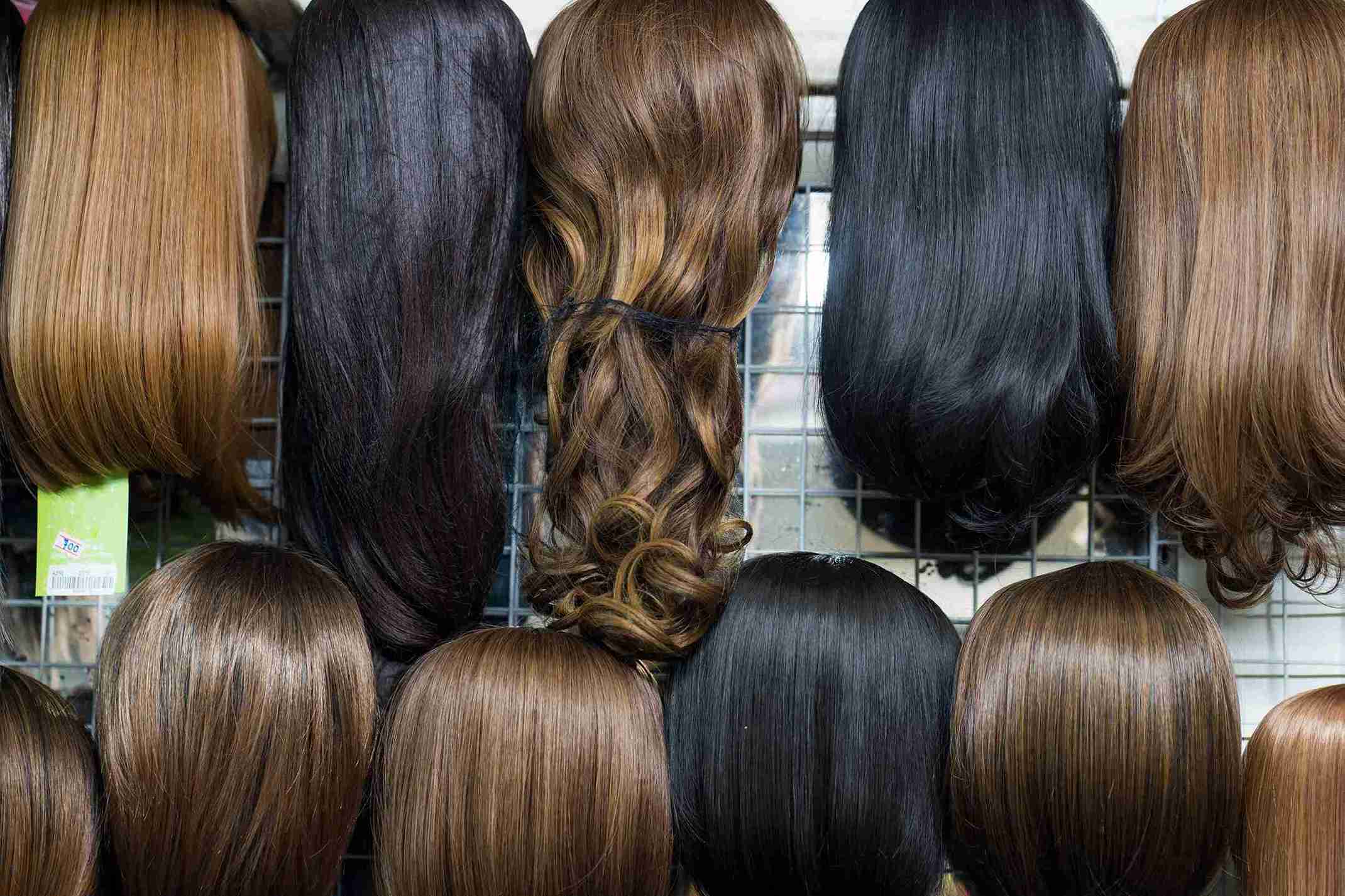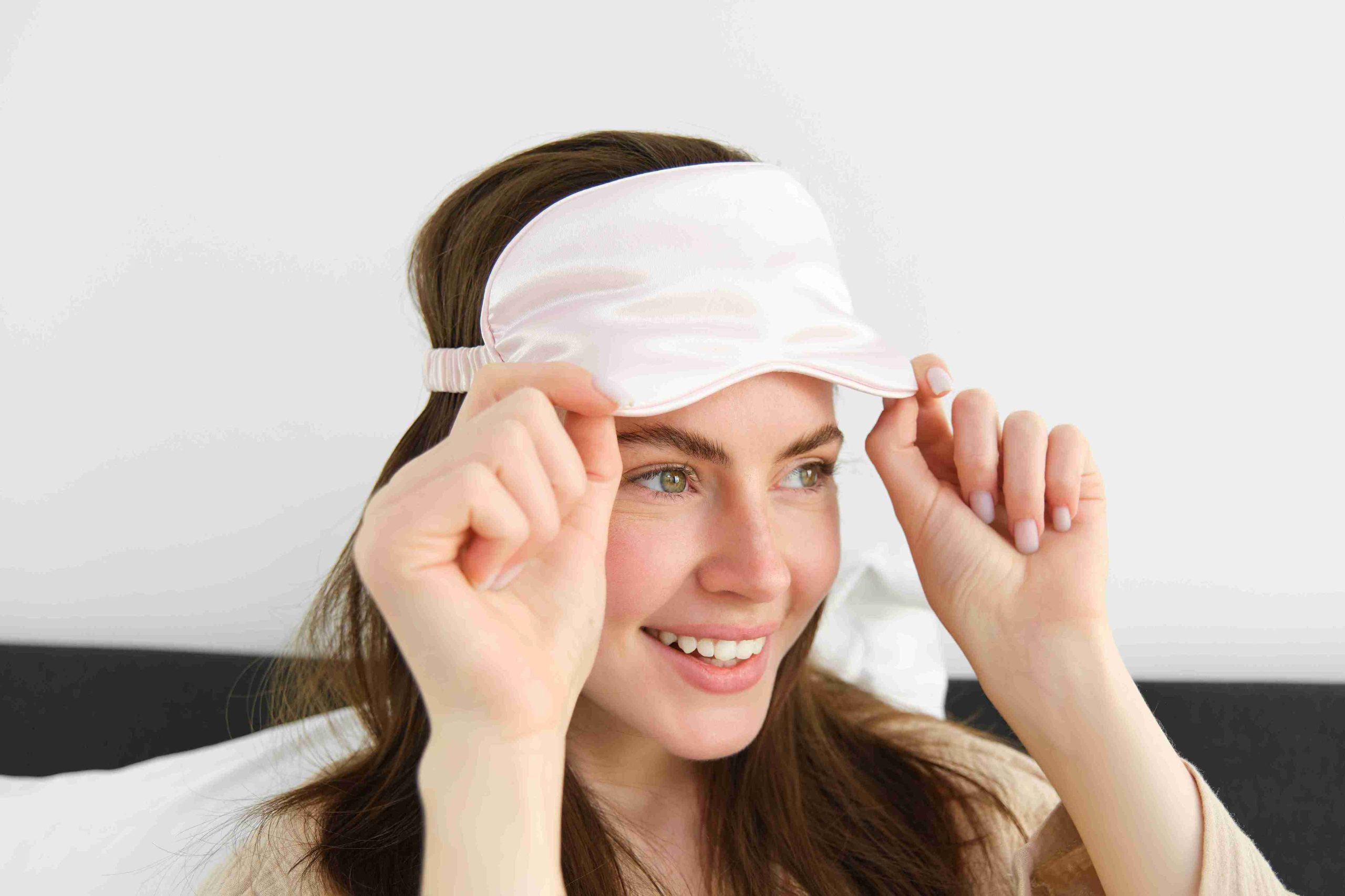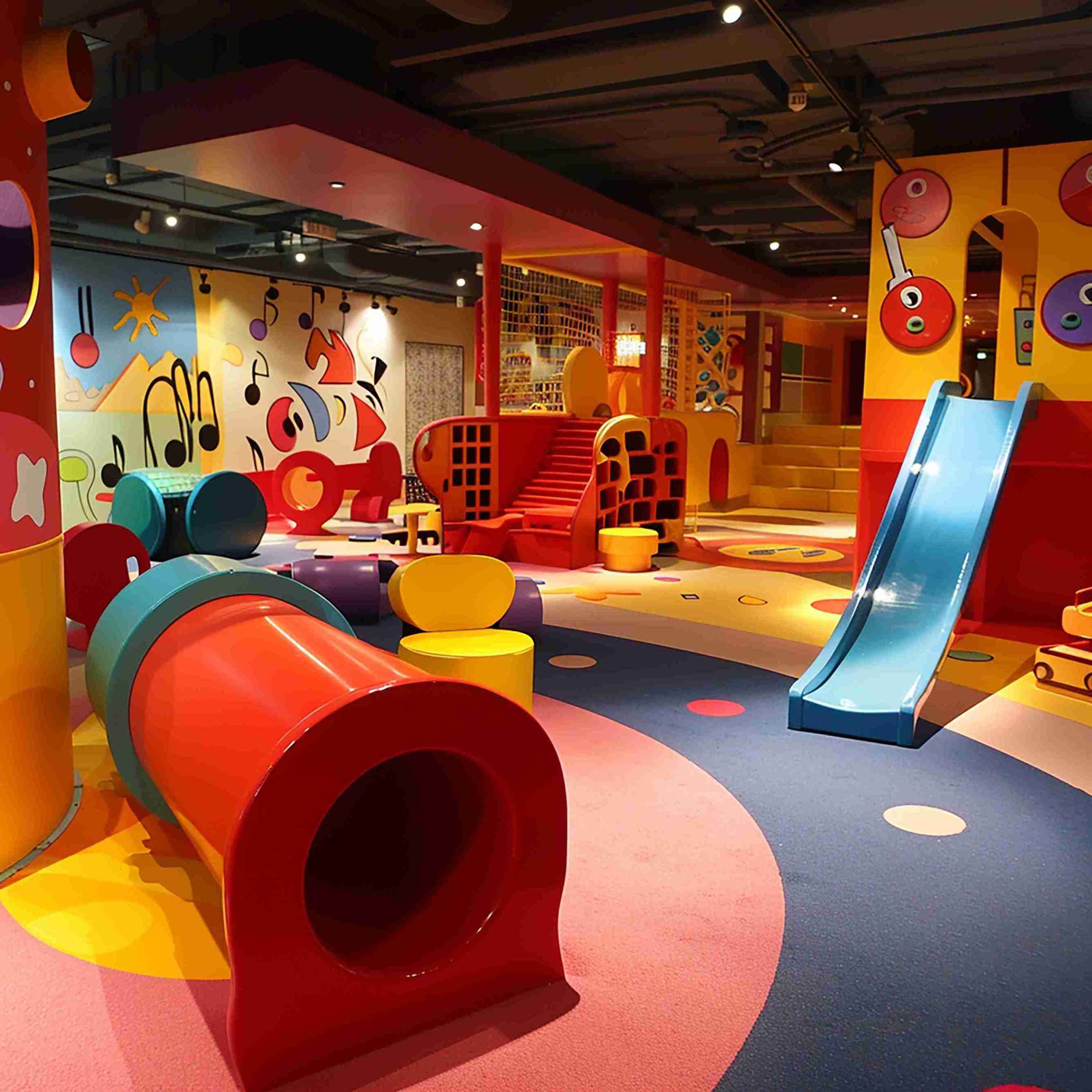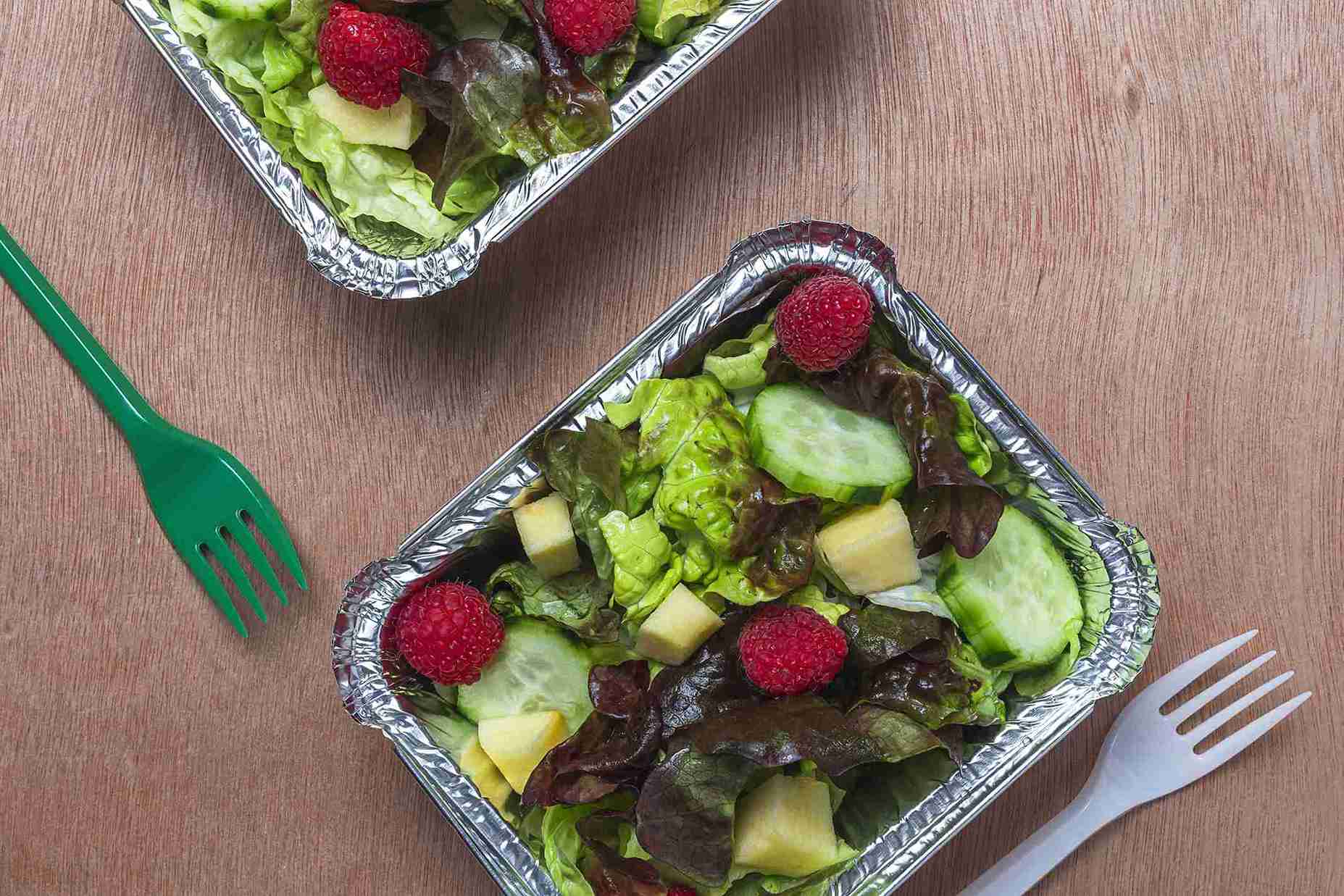We spend almost a third of our lives in bed, and yet very few of us understand how much the design of our sleeping environment affects our mental acuity, physical well-being and emotional stability. The modern world is becoming more and more chaotic, and people are becoming more self-centered, trying to find healing in the one place where they should always feel at home: the bedroom.
But the real question is this — can the type of bed you sleep on truly affect how well you rest?
The solution is not only in the technology of mattresses but also in the form, texture and the beauty of the bed itself. Among the various options on the market, the upholstery bed has emerged as both a functional and aesthetic centerpiece, blending form, texture, and science in one sleep-enhancing design.
Understanding the Role of the Bed in Human Health:
Sleep is a core biological requirement, which is vital in memory consolidation, hormone regulation, muscle repair and immune defense. As a study by the National Sleep Foundation shows, an ill-designed sleeping surface may be a factor in insomnia, back pain, and even mood disorders. On the other hand, the best sleeping conditions can enhance mental functioning and emotional health.
This is where the upholstery bed distinguishes itself — by offering both physical cushioning and emotional warmth. It is based on the science of tactile comfort and aesthetic harmony and makes a piece of furniture a recovery and rejuvenation tool.
What Is an Upholstery Bed?
An upholstery bed is a bed frame that is padded and covered with fabric or leather, typically featuring a soft headboard and sometimes a footboard or side rails. It is opposed to wooden or metal beds which reveal the materials of their structure.
These beds are made by wrapping high-density foam over a firm frame (typically engineered wood or steel), and then covering that with fabrics such as velvet, linen, faux leather or suede. The result is a soft, welcoming frame that can increase the sense of security and comfort.
Popular styles of upholstery bed are:
- Tufted headboards, often with buttons or stitching that create a quilted look
- Wingback designs, with side flaps that enclose the sleeper visually
- Sleigh beds, with curved footboards for classic aesthetics
- Minimalist panel beds, where clean lines meet luxurious texture
By combining padded structure with curated fabric finishes, the upholstery bed is not just offering a good sleep. Instead, it also offers restful design.
Material Science and Craftsmanship in Upholstered Bed Design:
Beneath its surface beauty, an upholstery bed is a product of material engineering. The internal frame should be strong and lightweight- typically constructed of kiln-dried hardwood, steel or composite material. It is cushioned by layers of polyurethane foam or memory foam around it. Next is the outer fabric, that determines the tactile experience of the bed.
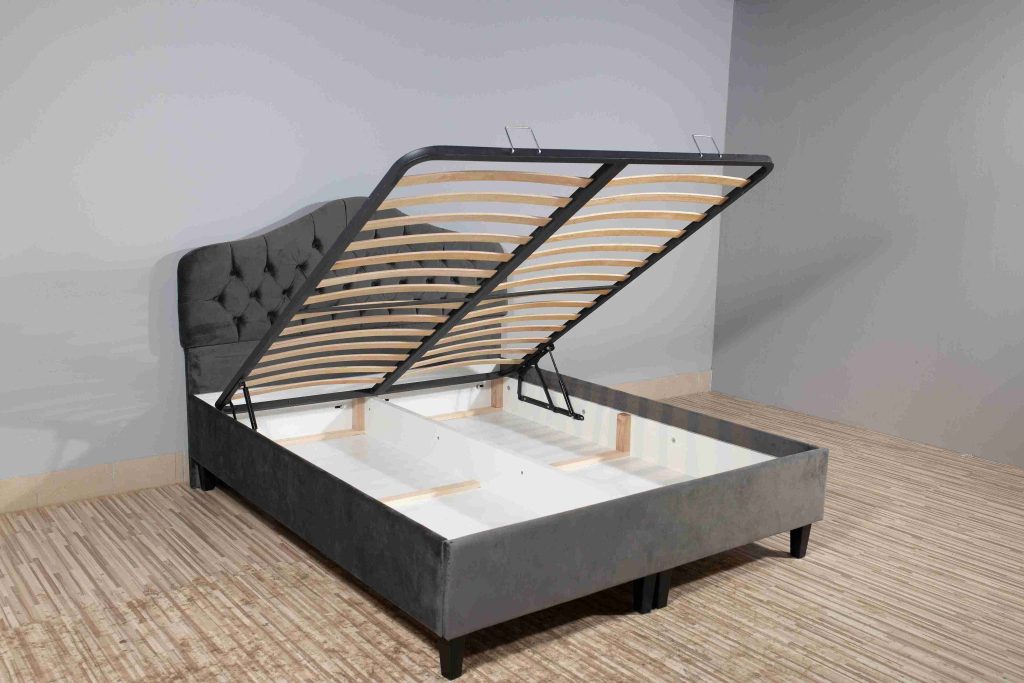
Every material is chosen based on certain performance characteristics:
- Linen offers breathability and a cool touch, ideal for warmer climates
- Velvet adds softness and luxury, reflecting light for a rich appearance
- Faux leather provides easy cleaning and a modern feel
- Performance fabrics resist stains and wear, ideal for family homes
It is not only about appearance. The padding of the headboard is involved in ergonomics – it is comfortable to sit in the bed in an upright position to read, work, or watch TV. In the meantime, the upholstered frame reduces the sharp edges making the bed safer in a small room or a home with children.
The quality of workmanship counts too. A well-made upholstery bed uses reinforced joints, breathable foam, and fade-resistant fabric to ensure that both form and function endure.
The Psychological Effect of the Aesthetics of Upholstered Beds:
Human beings are highly affected by the environment they are in, and this is what environmental psychology talks a lot about. Cortisol levels, heart rate and emotional state can be influenced by colors, textures and lighting. The bedroom especially must induce a sense of peace and security.
An upholstery bed contributes to this emotional landscape. The feeling of security is promoted by the softness of the material, the slight inclination of a padded headboard, and the lack of hard and cold materials. This can assist the brain in resting, reducing stress hormones and increasing melatonin secretion without the person knowing.
The choice of color is also a factor. The neutral colors such as taupe, beige, and slate gray will provide the grounding effect, whereas the pastel colors can introduce the lightness and peacefulness. Upholstery also gives the designers and homeowners the freedom to play with the mood-enhancing palettes without buying paint or making big changes to the wall.
Trends in Sleep Technology and Eco-Friendly Upholstered Furniture:
As consumer priorities shift toward sustainability and smart living, the design of upholstery beds is evolving. Manufacturers are incorporating eco-friendly foam alternatives, such as soy-based polyols, and sourcing wood from FSC-certified forests. Modern bed construction is also getting recycled fabrics and low-VOC adhesives.
In parallel, some upholstery beds are being integrated with smart features:
- Adjustable bases, allowing users to raise the head or foot for customized comfort
- USB ports and built-in lighting for modern tech integration
- Under-bed storage, making use of otherwise wasted space
There is also an escalation of minimalist, modular designs. These are simple, functional and do not lack the softness and comfort of conventional upholstery. In small apartments in the city, space is scarce and a bed that has all the features of comfort, design and storage can change the whole living experience.
Combining the traditional comfort of the upholstered beds with modern materials and designs, the current designs now accommodate many different lifestyles, including minimalist professionals and expanding families.
Conclusion:
The beds are usually considered to be inert furniture, something that we fall into after a long day. But in reality, the upholstery bed represents a thoughtful convergence of engineering, design, and psychology. It is not only aesthetic. It is about forming a surface and form that your body and mind will identify with rest.
With the increasing number of people who have adopted the concept of wellness as a way of life and not a luxury, the material we use in our homes is more important. An upholstery bed, with its supportive build and welcoming feel, is more than a decorative piece. It is an investment into the type of sleep that generates better days.

